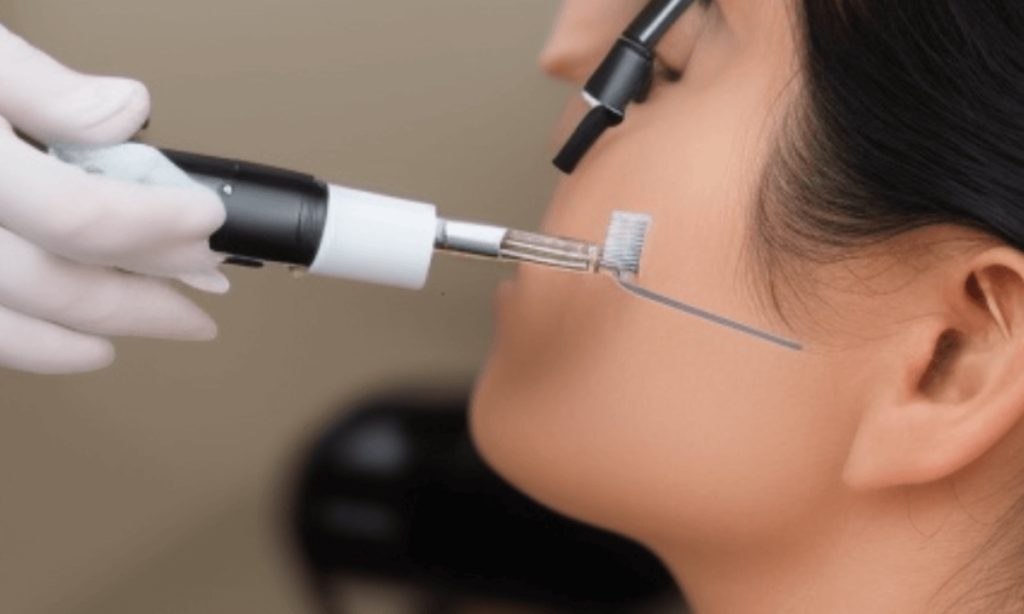Microneedling therapy, also known as collagen induction therapy, has gained popularity in recent years as a non-invasive treatment to rejuvenate the skin. This innovative procedure involves using fine needles to create tiny punctures in the skin, stimulating the body’s natural healing response and promoting the production of collagen and elastin. In this article, we will explore the transformative effects of microneedling therapy and its potential benefits for improving skin texture, reducing wrinkles and fine lines, and enhancing overall skin health.
Introduction to Microneedling Therapy:
- Microneedling therapy is a minimally invasive cosmetic procedure that involves using a device with fine needles to create controlled micro-injuries in the skin’s surface.
- The micro-injuries trigger the body’s natural healing process, stimulating the production of collagen and elastin, which are essential for maintaining youthful, healthy-looking skin.
- Microneedling therapy can be performed on various areas of the body, including the face, neck, décolletage, and hands, to address a wide range of skin concerns.
Benefits of Microneedling Therapy:
- Improved Skin Texture: Microneedling therapy can help to improve the texture of the skin by reducing the appearance of acne scars, enlarged pores, and uneven skin tone.
- Reduced Wrinkles and Fine Lines: By stimulating collagen production, microneedling therapy can help to minimize the appearance of wrinkles, fine lines, and other signs of aging.
- Enhanced Skin Firmness and Elasticity: The increase in collagen and elastin production resulting from microneedling therapy can help to tighten and firm the skin, giving it a more youthful and rejuvenated appearance.
- Treatment of Hyperpigmentation: Microneedling therapy can also be effective in treating hyperpigmentation, such as sunspots, age spots, and melasma, by promoting cell turnover and reducing the concentration of melanin in the skin.
The Microneedling Procedure:
- Before the procedure, the skin is cleansed and a topical numbing cream may be applied to minimize discomfort.
- During the procedure, a microneedling device is used to create controlled micro-injuries in the skin’s surface, typically in a vertical or diagonal pattern.
- The depth and intensity of the microneedling treatment can be adjusted based on the individual’s skin concerns and treatment goals.
- After the procedure, the skin may appear red and slightly swollen, similar to a mild sunburn, but these side effects typically subside within a few days.
Post-Treatment Care:
- Following microneedling therapy, it is important to follow a gentle skincare routine and avoid exposing the skin to direct sunlight or harsh chemicals.
- Patients may experience some mild redness, swelling, or peeling in the days following the procedure, but these side effects are temporary and should resolve on their own.
- It is also essential to protect the skin with sunscreen and avoid picking or scratching at any scabs or flaking skin to prevent infection and promote proper healing.
Conclusion:
- Microneedling therapy is a safe and effective treatment option for rejuvenating the skin and addressing various skin concerns, including wrinkles, fine lines, acne scars, and hyperpigmentation.
- By stimulating the body’s natural healing process and promoting collagen and elastin production, microneedling therapy can help to improve skin texture, firmness, and overall skin health.
- With proper post-treatment care and regular sessions, microneedling therapy can provide long-lasting results and help patients achieve smoother, more youthful-looking skin.

